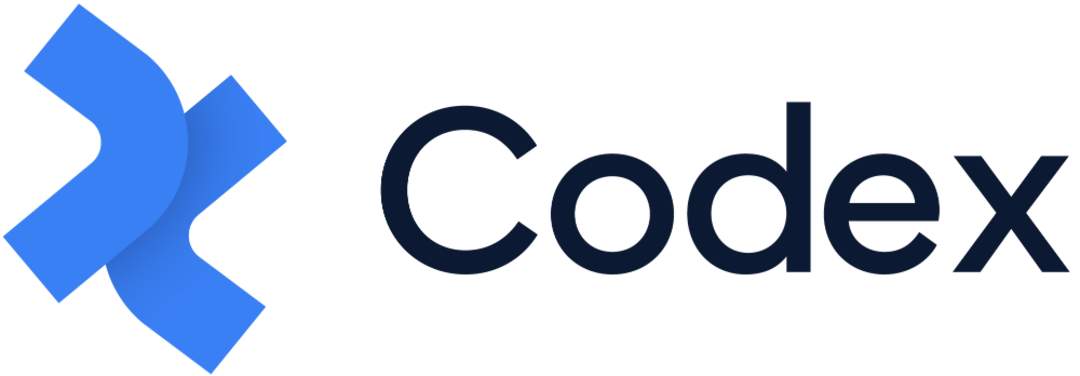Release 34
A representation of new additional features and improvements that have been released in Codex.
Gjirafa / Codex
New Features
1. Batch Publish/Schedule Unpublished References
Users can now quickly publish or schedule all referenced entries at once, with the publication/schedule date matching the main entry's. This feature streamlines the publishing process by eliminating the need to publish each entry individually. Additionally, Codex will check for errors to ensure only error-free content is published
2. Personalized Views
Users can save customized views of content based on their preferences. This feature is available to all users, and each user can create their own personalized view that only they can see. For content creators, this feature offers several advantages. With the ability to save views based on different filter selections, editors can quickly access the content they need and streamline their workflows.
4. Asset sorting & filtering
The Asset Management Hub now features advanced filtering and sorting options based on all Asset Metadata, which can be applied to both the Root folder and individual folders. Filter selections and folder location will be saved in local storage, so users can easily pick up where they left off without having to reapply their previous filter options. In addition, sorting can be applied individually in the "Selected Tab" of Media, allowing users to sort specifically for the selected assets for the respective Entry. This feature improves usability and helps expedite workflows, making it quicker and more convenient for users to find and use the assets they need.
5. Field Permissions
The Content Permissions now includes an additional parameter for restricting user access to specific fields of an Entry based on Field Permissions. This feature is important for organizations that handle sensitive data or require granular control over who can access or edit certain fields. With this feature, administrators can limit certain users' ability to modify critical fields, reducing the risk of errors or unauthorized changes that could cause any potential problems.
6. Asset Permissions
The Permissions module has been extended to include a new type of Permission specifically for Asset Permissions. This enhancement implements restrictions on a folder level, allowing users to only view allowed folders and use assets from those folders in articles. In addition, the new feature follows the parent-child inheritance model, where child folders automatically inherit all the access of parent folders unless stated otherwise by any deny rules. This feature provides more granular control over asset access, ensuring that users only have access to the assets they need.
7. Geneea Integration, Version 2
The integration with Geneea has been enhanced to include the latest version of the API and the ability to create multiple connections based on the Sites of the Organization. Each Site can have its own unique Geneea API Key, providing more flexibility for organizations with multiple Sites. Additionally, a new feature has been added to generate tags based on the selection of Sections in the Articles, improving the accuracy and efficiency of content tagging.
8. Webhooks for URLs
This Webhook type enables users to receive updates related to any changes in the URLs for Articles. Users can filter the Webhooks to be triggered only for specific Sites or Models, providing greater flexibility and customization
9. Concurrent Access
We have introduced a new configuration in the Model Builder that enables users to define how concurrent access should be managed. The two available options are restricted and unrestricted. With restricted access, multiple users can access the content simultaneously, whereas the locked option prevents anyone else from modifying an entry while it is being edited.
General Improvements
1. Expand icon in Media field & Media widget
An 'expand' icon has been added to the Media widget and field when more than 5 assets are selected. This new feature enables editors to view the full list of assets and easily reorder them, improving their user experience and increasing efficiency.
2. Subscript & Superscript text formatting options
We have introduced two new formatting options to the Rich Content editor: Subscript and Superscript. These options enable editors to easily format text in a subscript or superscript style, providing greater flexibility and creativity in article writing
3. Section field additional validation
The Section Field has been enhanced with an additional validation feature that enables users to either restrict or allow the selection of both parent and child sections while creating or editing an article.
4. 16:9 predefined image ratio
An additional pre-defined image ratio (16:9) has been added to the photo-editing tool, which is now the default selection.
5. Filtering by Reference field
A new Model-based filtering option has been added to the Entries Listing that allows users to filter articles based on a reference field. With filtering by reference field, users can quickly and easily find all instances where a specific piece of content is being used, making it easier to manage updates and ensure consistency.

